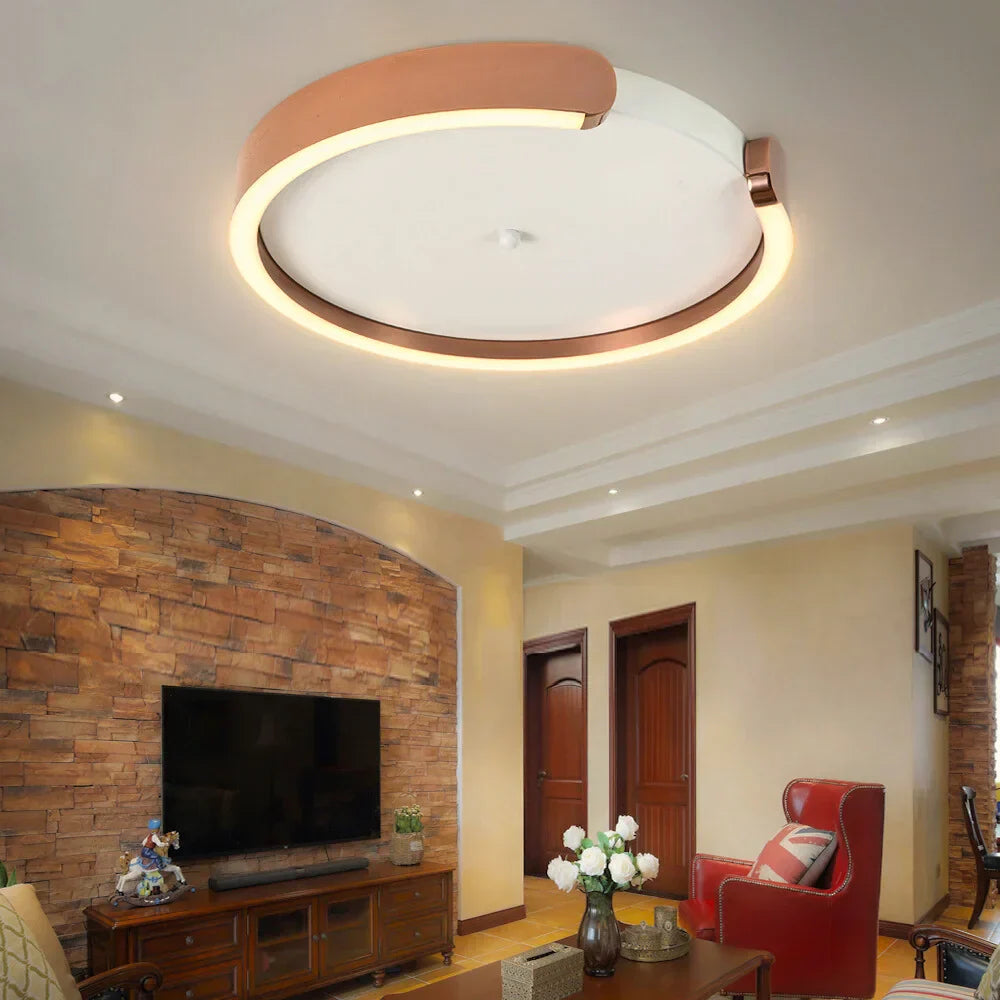A chandelier has the power to immediately bring out the radiance and ambiance of any space, being both a light source and a decorative piece. Whether the dining room is getting a makeover, the foyer needs some upgrades, or the bedroom gets a dose of sophistication, knowing how to properly hang a chandelier guarantees safety and aesthetics.
While the work may be daunting initially, with the right equipment and planning, you can install your fixture safely and admire the improvement it makes. We will walk you through the process and considerations of suspending a chandelier.
Planning and Preparation
Before you reach for the screwdriver and ladder, a little planning must be done. Start by determining the size chandelier for the room. A fixture that is too large will overpower the room, and one that is too small will lack impact.
Also think about the ceiling height, the fixture weight, the nature of the electrical box included, and if a dimmer switch will be required. After compatibility has been confirmed, collect your tools:
-
Voltage tester
-
Screwdriver
-
Wire stripper
-
Pliers
-
Ladder
-
Safety goggles
-
Anchoring hardware (if needed)
-
Helper (for safety)
How to Hang a Heavy Chandelier Safely and Securely
When dealing with an extremely large or ornamental fixture, it is helpful to know how to hang a heavy chandelier.
Start by checking to make sure the present electrical box is designed to support heavy lighting. If not, replace it with a fan-rated or heavy-duty box that will support the weight of the chandelier.
Use a secure mounting bracket and, where necessary, insert support between ceiling joists. To support the chandelier while you connect the wires always have a second person on hand. Heavy fixtures must never hang from the wires alone.
Once installed, double-check all connections and fasteners. Flip the breaker back on and test the fixture carefully.
Using a Chain to Hang a Chandelier: Aesthetic and Functional Modifications.
If your chandelier comes with a chain, you’ll want to learn how to hang a chandelier with a chain properly. Chains allow for length adjustments, making them ideal for tall ceilings or sloped surfaces.
First, decide on the ideal height (we’ll cover that next), then measure out the desired chain length. Feed the fixture wire through the chain and into the ceiling canopy, ensuring no excess is exposed.
When the chain is in place, anchor the last link onto the mounting bracket. Loop any extra chain around the base or tuck it neatly into the canopy. This method not only secures your fixture but also allows for future adjustments.
How Far to Hang a Chandelier: Room-Specific Rules
One of the most asked questions is how high to install a chandelier to have the perfect balance of function and aesthetics. The standard guideline for most rooms is to allow 7 feet of clearance from the floor to the bottom of the chandelier in rooms with standard ceilings (8 feet high).
For taller ceilings, raise the chandelier by about 3 inches for every additional foot of height. In open areas like foyers, make sure the fixture is not too close to doors or walking paths.
Hanging your chandelier too low can make the room feel crowded, while hanging it too high can reduce its visual impact.
How High to Hang a Chandelier in a Dining Room Without Disrupting Sightlines
Dining rooms require a specific balance between illumination and visibility. So when wondering how high to hang a chandelier in a dining room, the general rule is to suspend it 30 to 36 inches above the table surface. This range provides ample lighting while maintaining open sightlines across the table.
The diameter of the chandelier should also relate to the table's size—ideally one-half to two-thirds the width of the table. This ensures proportional beauty and prevents the light from being too harsh or too dim during meals.
How Low to Hang a Chandelier: Avoiding Design and Safety Mistakes
Knowing how low to hang a chandelier is just as important as knowing how high. Do not allow chandeliers to hang low enough to obstruct traffic or interfere with furniture placement.. If there isn't a table underneath, make sure there is at least seven feet that separate the floor from the bedroom or living area.
Take into account both the overall drop and the visibility from the floor above when designing stairwells or entryways. Your chandelier becomes an eyesore or a hazard if it hangs too low. Always take into account both functionality and aesthetics when deciding on a height.
Last-minute testing and checks.
A final safety check should be performed after your chandelier has been hung, the wires have been connected, and the canopy has been secured. Make sure. Every wire is correctly insulated and tucked. The fixture is stable and balanced. The switch is functional and does not flicker. Your mounting hardware is tight and flush. Enjoy your newly furnished area if everything appears to be in order. One of the most satisfying improvements you can make is hanging a chandelier, though it may take some attention to detail.
Questions and Answers (FAQs).
1. Do I need to hire an electrician to hang a chandelier?
Yes provided you feel at ease handling heights and electricity. It is advised to hire a professional for installations that are heavy or have high ceilings.
2. Is a special box required to hang a chandelier?
Yes, for heavy chandeliers in particular, use a ceiling box rated for fans or lighting fixtures
3. How much weight can a regular ceiling support?
Typical ceiling boxes support 50 pounds. Anything heavier requires reinforcement.
4. What if my chandelier comes with extra wire and chain?
Carefully trim any extra or loop it neatly near the canopy.
5. Is it okay to put a chandelier on a ceiling that slopes?
In order to maintain the fixture's levelness, a sloped ceiling adapter is necessary.
6. Do the crystals and bulbs need to be installed before or after hanging?
Installing the chandelier first, followed by the addition of crystals and bulbs, is safer.
7. Which kind of ladder should I use to install a chandelier?
A fiberglass ladder is the safest choice for electrical work. Verify that it is tall enough for you to work comfortably.
8. Can a dimmer be used with any type of chandelier?
Not at all times. Verify that the bulbs and the fixture can be dimmed. Nine.
9. If my ceiling box isn't aligned, how can I center my chandelier over a table?
To reroute the chain and center the fixture, utilize a swag hook.
10. How can I determine the perfect size for my room's chandelier?
After adding up your room's length and width (in feet), convert the total to inches. That's the diameter of your ideal chandelier.
11. Are chandeliers compatible with smart home lighting systems?
Many do particularly when compatible switches and bulbs are installed.
12. Could I put a chandelier outside?
only if it is UL-rated for damp or wet environments.
13. What is the typical duration required to hang a chandelier?
Usually one to three hours depending on the ceiling height and complexity.
14. After installation, what if the chandelier tilts or sways?
Verify that the bracket is tight and the chain is centered. Tilting is not normal, but a slight sway might be.
15. Are chandeliers in two-story foyers limited in height?
In open areas, generally allow at least 8 feet between the floor and the chandelier's bottom.






Share:
How to Install a Chandelier: A Homeowner's Step-by-Step Guide
How to Choose the Ideal Dining Room Chandelier for Both Design and Use